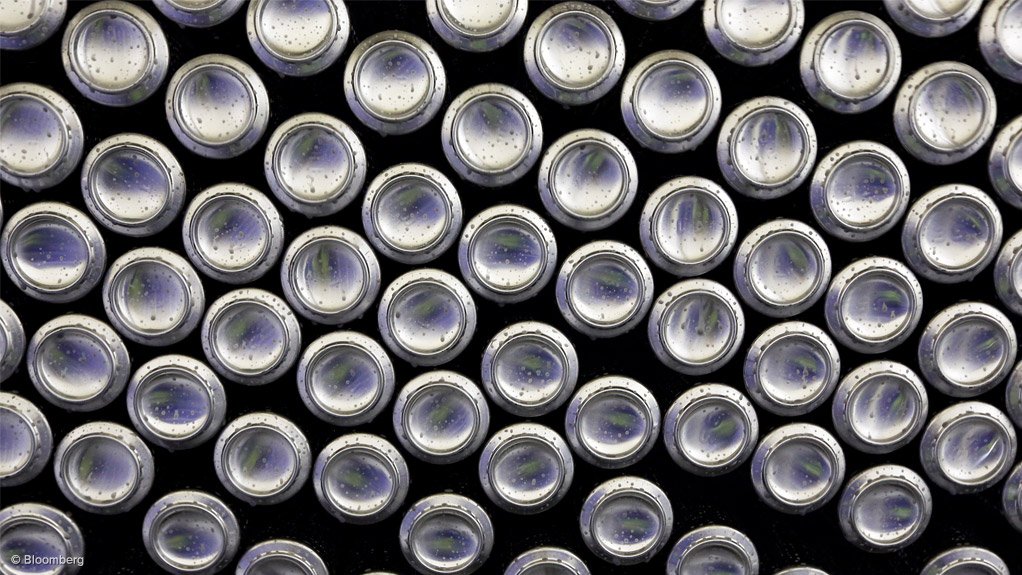Aluminium fabricator Hulamin has outlined ways to substantially grow the aluminium industry supply chain and boost employment.
CEO Richard Jacob said it was possible to create 29 000 jobs in the industry by 2018, compared with the 16 000 registered in 2011.
He told the International Aluminium Conference and Exhibition in Cape Town that there was scope for growth in everything from electrical cable and aluminium for infrastructure to the renewable-energy industry, beverage cans and cars.
He pointed out that, compared with other countries, South Africa had a low per capita consumption of aluminium of 3.5 kg per capita, compared with 7.4 kg in Brazil, 10.5 kg in China, 8.3 kg in Mexico and 25.9 kg in the US. Jacob said there was potential to boost South Africa’s per capita consumption to 7 kg per capita.
“I believe 7 kg per capita is very possible within the next five years. The 2011/12 numbers show that demand for aluminium is 180 000 t/y. We believe we can generate growth of 300 000 t/y to 400 000 t/y worth of products,” said Jacob.
Already a start had been made with the move from steel to aluminium beverage cans. Rolled aluminium is used in beverage cans. This had led to growth in recycling and demand for secondary aluminium. In a recent agreement, Nampak had doubled Hulamin’s offtake.
Jacob anticipated potential demand of around 20 000 t/y in electricity reticulation. He said the Grand Inga hydropower project in the Democratic Republic of Congo required massive quantities of electrical cable, which he suggested could come from Isizinda Aluminium, which had acquired the Bayside aluminium casthouse.
Aluminium in rolled or cast form could also increasingly be used in building infrastructure from oil refineries and harbours to electricity reticulation. Aluminium has a significant footprint in photovoltaics (PV) in the solar industry, with rooftop PV also a great opportunity on the growing renewable-energy front.
“The next big opportunity is the automotive industry, as demand grows for lighter and more powerful cars.”
Jacob suggested that the growth in the automotive industry could shoot up by 40 000 t/y, with infrastructure providing 50 000 t/y, and packaging, including aluminium beverage cans, 100 000 t/y.
He said the potential provided a great opportunity for companies to innovate and come up with ideas.
“We need to make investments, do the engineering, capitalise on market opportunities and be competitive by benchmarking our performance against the best in the world.”
He said the government could play a role in helping the industry to be globally competitive by creating a regulatory environment for economic growth.
“We would look to the government to protect us against volatility in trade conditions and short-term actions by countries which incentivise their industries.
Hulamin is the largest beneficiator of aluminium in South Africa, adding value to about 220 000 t/y of aluminium. Its turnover was R8.4-billion in 2015.
It exports 70% to 75% of its products to customers in 50 to 60 countries around the world. They are involved in the fields of packaging, transport and automotive, construction, architecture and infrastructure, as well as general engineering industries.
Edited by: Chanel de Bruyn
Creamer Media Senior Deputy Editor Online
EMAIL THIS ARTICLE SAVE THIS ARTICLE
To subscribe email subscriptions@creamermedia.co.za or click here
To advertise email advertising@creamermedia.co.za or click here













